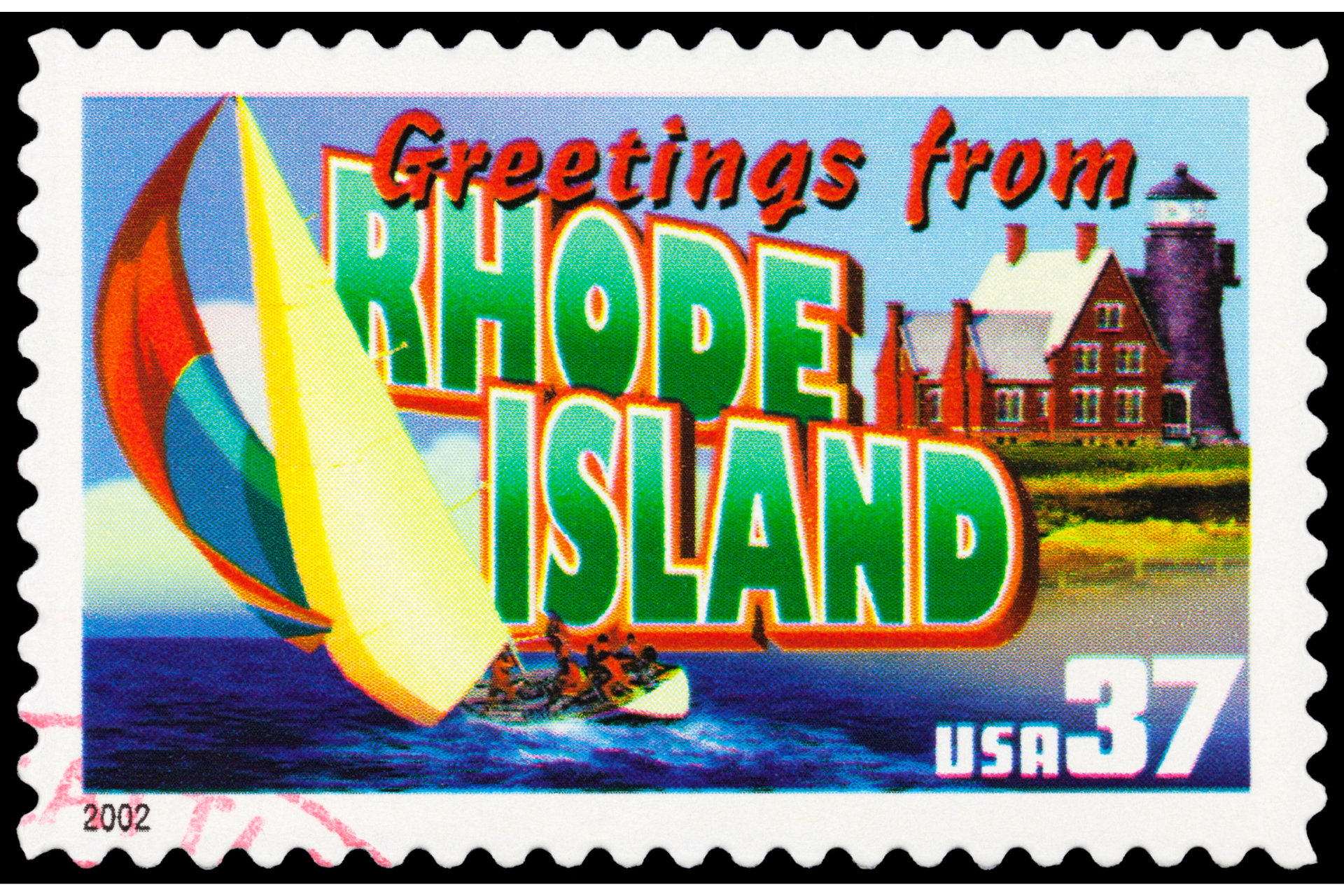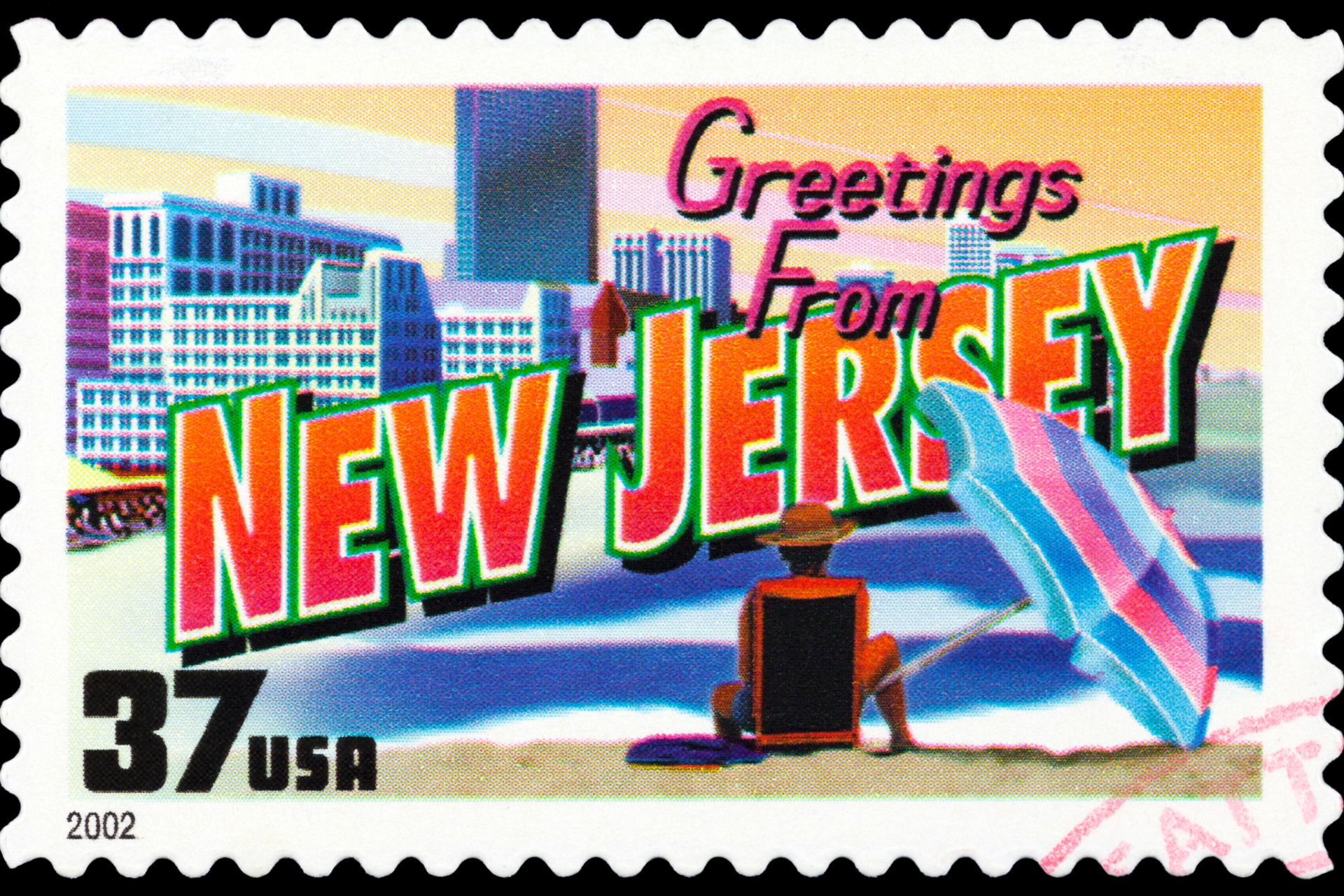California joined the Union on September 9, 1850, during the Gold Rush. The land had just been separated from Mexico, and people across the country were excited about going to California to seek their fortunes. Many in Congress were eager to add California to the United States, and it became a state quickly, without even becoming a territory first.
Even so, there was still controversy over California’s admission.
Slavery
Slavery was an issue for many of the current states, and it created controversy for California, too. The Gold Rush began in 1849, before the Civil War, when states were normally admitted in pairs: one state that allowed slavery and one that did not. The Missouri Compromise of 1820 called for equal numbers of slave and free states, and in 1849 the number was equal.
Some in Congress believed that the solution would be to divide California into two states, using a line even with the southern edge of Missouri. Fresno would thus be in North California, a free state, and Los Angeles in South California, a slave state. There were drawbacks to this proposal.
On the one hand, most of the residents were opposed to slavery. According to an article in the Daily Alta California on February 22, 1849 , “The majority — four-fifths, we believe — of the inhabitants of California are opposed to slavery. They believe it to be an evil and wrong…and while they would rigidly and faithfully protect the vested rights of the South, they deem it a high moral duty to prevent its extension and aid its extinction by every honorable means.”
On the other hand, slavery existed at the time in both the Northern and the Southern halves of California. Indigenous people were enslaved in the missions of the southern part, while enslavers in the northern part sent their workers to the gold mines. Other miners resented the idea that the enslavers could gain wealth without the hardship and physical labor of gold mining. Yet many people felt that people who had moved to California while slavery was not yet forbidden should not have to go through the hardship of changing their practices, however odious.
In the fall of 1849, a Constitutional Convention drafted a constitution which stated, “Neither slavery nor involuntary servitude, unless for punishment of crimes, shall ever be tolerated in this State.” The people of California approved this constitution, and formed a state government even though there had been no enabling act passed in Congress.
The California delegation
In 1850, the California representatives went to Washington. Representatives from the slave states were adamantly opposed to the admission of a free state. Henry Clay, the architect of the Missouri Compromise of 1820, presented the Compromise of 1850. This began as an omnibus bill, but was divided into five separate bills after the initial bill failed. Admitting California as a free state was one of the bills, along with bills that held out the possibility of slavery in future western states.
The debate over the compromise dragged on for eight months. Opponents included not only the representatives of the slave states, but also those who resisted the admission of California as part of the compromise, which established governments for Utah and New Mexico and paid off Texas’s debts in exchange for an end to conflict between Texas and New Mexico. One famous speech described the situation in this way: “Texas next appears in the committee’s plan, crammed into the California bill, with all her questions of debt and boundary, dispute with New Mexico, division into future states, cession of territory to the United States, amount of compensation to be given her, thrust in along with her! A compact with one state put into a law for the life of another! And a veto upon the admission of California given to Texas!”
Anti-statehood factions in California?
There does not seem to have been much of an anti-statehood movement in California, but there was a great deal of chaos. The Gold Rush brought the population of San Francisco from 1,000 to 25,000 in a single year. Prices of ordinary goods skyrocketed. Different parts of California had different laws, and mining camps had no law enforcement of any kind. After the Treaty of Guadalupe Hidalgo was signed and California was ceded into the United States, the military leaders announced that they would look after California until Congress provided a territorial government. That never happened. Like many of the territories that later became states, California (which was never an organized territory) needed statehood to gain law and order.
Using the Tennessee Plan, California achieved statehood in record time — in spite of being the subject of one of the longest-running debates in Congress. It took more than a month for the news of admission to reach California, and the new state celebrated for a week.


